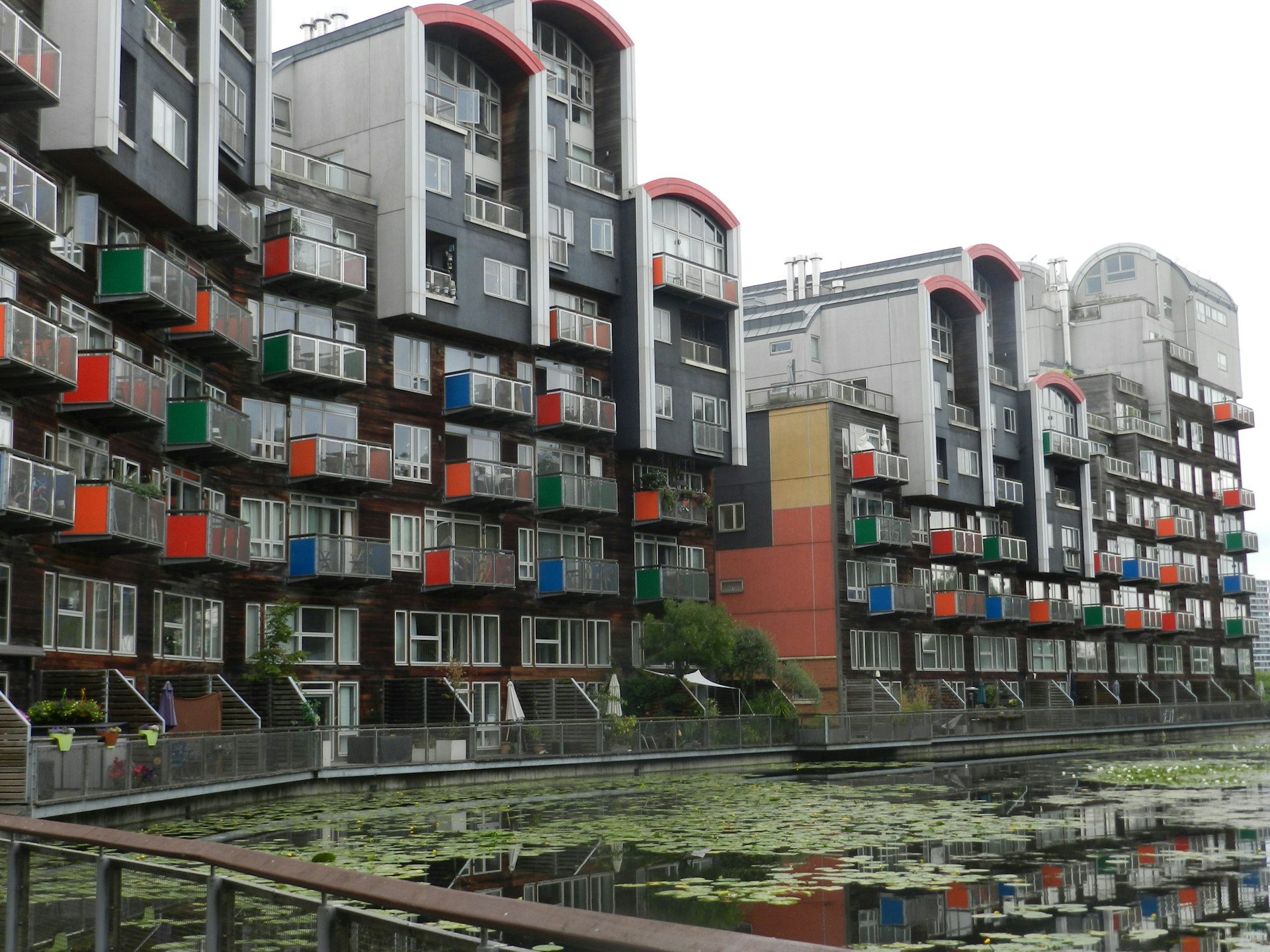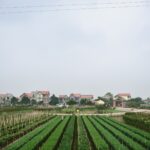Strategies for Sustainable Urban Planning and Innovative Housing Developments in 2025


Photo by jeffery Ashitey on Unsplash
Introduction: The Changing Landscape of Urban Planning and Housing
Urban planning and housing developments are at a pivotal moment in 2025. As more people move to cities-current estimates suggest that nearly 68% of the global population could live in urban areas by 2050-the demand for innovative, sustainable, and inclusive planning has never been greater [5] . Housing affordability, climate resilience, and rapid technological advancements now shape the future of urban environments. This article provides actionable guidance for stakeholders seeking to navigate and benefit from these trends while addressing the growing needs of urban populations.
Affordable Housing: Addressing the Crisis with Inclusive Strategies
The global housing crisis is severe-1.6 billion people currently lack adequate housing, and this number could reach 3 billion by 2030 unless bold actions are taken [3] . Skyrocketing costs, limited supply, and increased urban migration have left vulnerable groups, such as young people, low-income families, and migrants, struggling to find stability. Addressing this requires multifaceted approaches:
- Affordable Housing Policies : Municipalities are expanding policies that promote the development of low-cost housing, including rent controls and subsidies. These policies aim to ensure fair access, especially for the most vulnerable [1] .
- Mixed-Income Developments : Cities are encouraging housing projects that blend different income levels, helping reduce segregation and foster social cohesion.
- Social Housing Investments : Increased funding for public housing ensures a safety net for those unable to access the private market.
To access affordable housing options, individuals can:
- Contact their city’s housing department or local housing authority and inquire about current affordable housing programs and waiting lists.
- Search for state or regional housing assistance programs using terms like “affordable housing programs [your city/state]”.
- Consult local non-profits and community organizations that may offer housing counseling or rental assistance for eligible applicants.
Challenges include lengthy waitlists and complex eligibility requirements, but persistence and regularly checking for new opportunities can improve your chances. Alternative approaches include exploring cooperative housing models or shared ownership schemes, which some cities are piloting as innovative solutions.
Zoning Reform and Mixed-Use Development: Unlocking Opportunity
Zoning reform is a powerful tool for addressing housing shortages and promoting vibrant, walkable communities. Many cities are updating zoning codes to allow:

Photo by CHUTTERSNAP on Unsplash
- Accessory Dwelling Units (ADUs) : These small, independent housing units on single-family lots increase density without altering neighborhood character [2] .
- Middle Housing : Duplexes, triplexes, and townhomes offer more affordable options than traditional single-family homes.
- Adaptive Reuse : Transforming underused office buildings and commercial spaces into residential units is gaining traction, especially in urban centers facing office vacancies.
- Mixed-Use Zoning : Encourages developments that integrate housing, retail, and public spaces, supporting walkability and reducing car dependency.
If you are interested in new housing opportunities enabled by zoning reform, you can:
- Monitor your city’s planning department website for updates on zoning code changes and upcoming public hearings.
- Participate in community meetings or online forums to advocate for inclusive zoning reforms in your neighborhood.
- Consult real estate agents knowledgeable in emerging housing types like ADUs or mixed-use properties.
Potential obstacles include community resistance and slow legislative processes. Alternative pathways include engaging with local advocacy groups focused on housing equity or joining pilot projects for innovative housing types.
Technology and Smart City Innovations: Shaping the Urban Experience
Technological advancements are transforming how cities plan, build, and manage urban spaces:
- Digital Twins : Cities like Singapore and Barcelona use virtual models to simulate scenarios, optimize development, and enhance disaster preparedness [1] .
- GIS Mapping and Data Analytics : These tools help planners assess population growth, traffic patterns, and environmental risks, enabling more responsive urban design [5] .
- Smart Infrastructure : IoT-enabled water and energy management systems contribute to sustainability and resilience.
Residents and developers interested in leveraging these technologies can:
- Attend local workshops or webinars hosted by planning agencies on smart city initiatives.
- Explore open data portals provided by many cities to access planning information and participate in digital engagement platforms.
- Collaborate with tech firms or university research centers engaged in urban innovation projects.
While the adoption of these technologies can be costly and require specialized expertise, many cities offer grants or partner with private companies to pilot new solutions, presenting opportunities for involvement and employment.
Urban Resilience and Sustainability: Building for the Future
With climate change and resource constraints posing significant challenges, resilience and sustainability are central to modern urban planning. Key strategies include:
- Green Infrastructure : Incorporating parks, green roofs, and rain gardens to manage stormwater and improve urban air quality [1] .
- Retrofitting Existing Buildings : Upgrading insulation, adding renewable energy systems, and improving water efficiency to reduce environmental impact [3] .
- Transit-Oriented Development : Building housing near public transit hubs to decrease reliance on cars and lower emissions [2] .
To benefit from these efforts, you can:
- Seek out housing developments certified by green building standards (e.g., LEED, ENERGY STAR).
- Participate in local sustainability initiatives or neighborhood greening projects.
- Advocate for stronger environmental policies at community meetings or through local civic groups.
Some challenges include the upfront cost of retrofitting and balancing development with preservation. However, cities often provide incentives, rebates, or technical assistance to homeowners and developers willing to invest in sustainable upgrades.
Community Engagement and Equity: Creating Inclusive Cities
Building inclusive, equitable cities requires genuine community engagement and policies that address systemic disparities. Successful urban planning increasingly relies on input from a broad range of stakeholders:
- Public Participation : Many planning agencies now offer online engagement tools, surveys, and public forums to gather community perspectives [5] .
- Equity-Focused Policies : Cities are adopting frameworks that assess the impact of new developments on historically marginalized communities.
- Partnerships : Collaboration between local governments, nonprofits, and private developers can yield more balanced and effective outcomes.
To participate, you can:
- Sign up for city planning newsletters or subscribe to updates from your local planning department.
- Join neighborhood councils or advisory boards to contribute to decision-making processes.
- Connect with advocacy groups focused on housing justice, sustainability, or accessibility issues.
Barriers such as limited time or language access can be overcome by seeking out translated materials or attending meetings at accessible hours. Many cities are now providing childcare and translation services to encourage broader participation.
The Influence of Urban Parks on Housing Value
Urban parks play a significant role in shaping neighborhood desirability and real estate values. Well-maintained, accessible parks can increase nearby property values by 10-30%, while parks that are neglected or poorly managed may decrease values by as much as 15% [4] . If you’re interested in maximizing your housing investment, consider:
- Researching neighborhoods with recent or planned park improvements.
- Engaging with local parks departments to stay informed about upcoming projects.
- Advocating for park maintenance and programming in your community.
Conclusion: Taking the Next Steps in Urban Planning and Housing
The challenges facing urban planning and housing developments in 2025 are complex, but solutions are emerging through technology, policy reform, community collaboration, and a relentless focus on equity. Whether you are a resident looking for affordable housing, an investor tracking real estate trends, or a city official seeking to create more resilient communities, the actionable steps and resources outlined here can help guide your efforts. To stay updated, regularly check your city’s planning department website, attend community meetings, and connect with local organizations dedicated to housing and urban development.
References
- BAE Urban Economics (2025). Unlocking Urban Futures: 10 Trends Shaping Cities in 2025.
- Planetizen (2025). Planning Trends for 2025: Creative Housing Solutions, Ongoing Transit Woes, and Ever-Present Challenges.
- CitiesToBe (2025). Unlocking Urban Futures: Our 10 Trends for Cities in 2025.
- Rentastic (2025). Impact of Zoning and Urban Planning on the 2025 Real Estate Market.
- Exploring Urban Planning (2025). Top Trends in Urban Planning You Need to Know in 2025.






